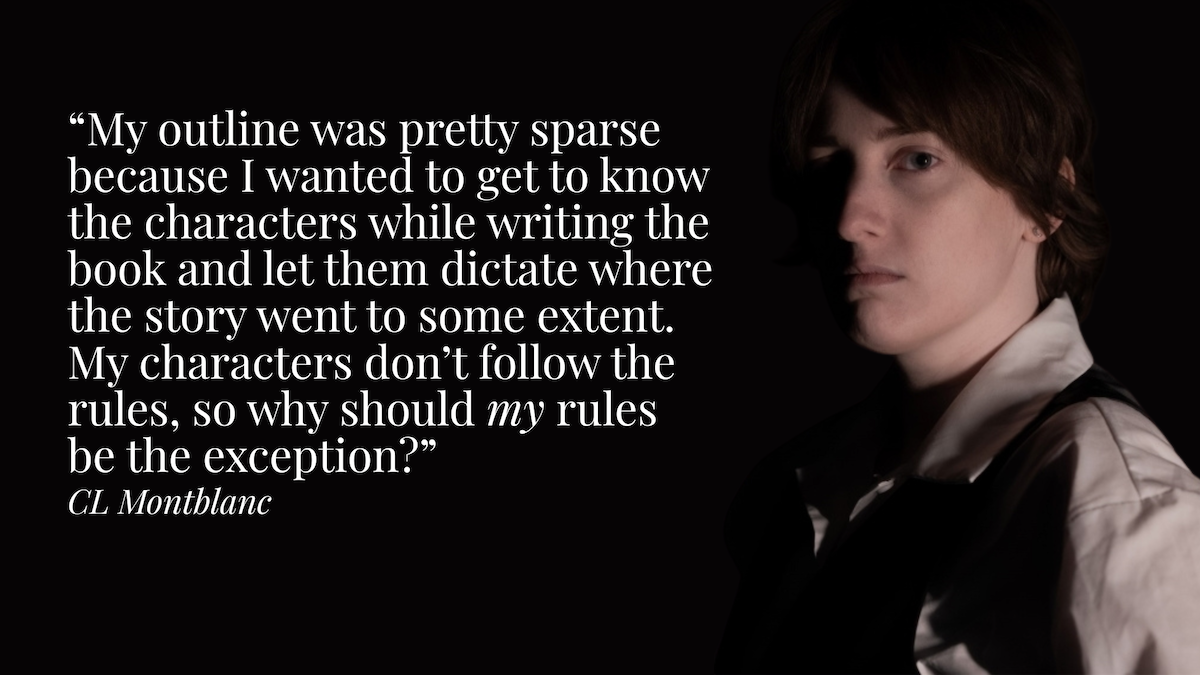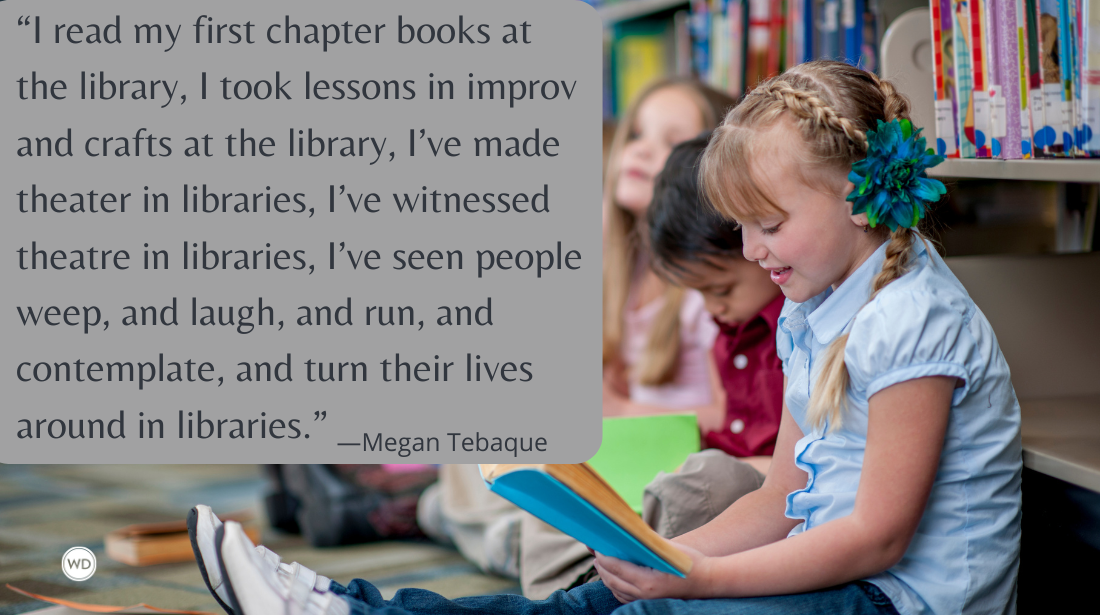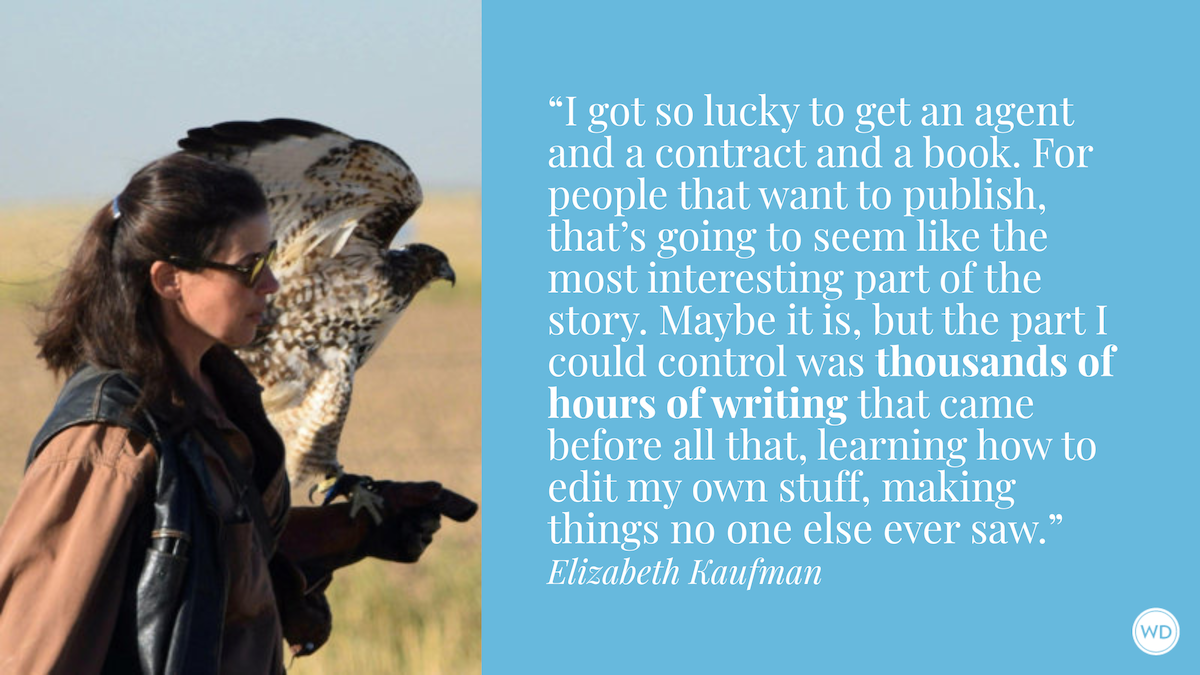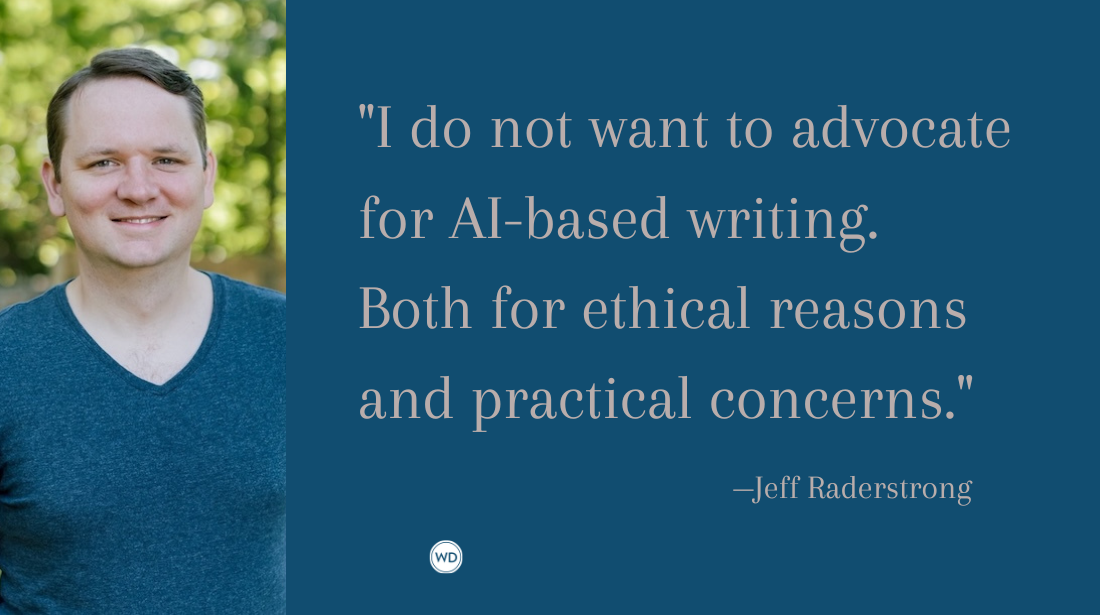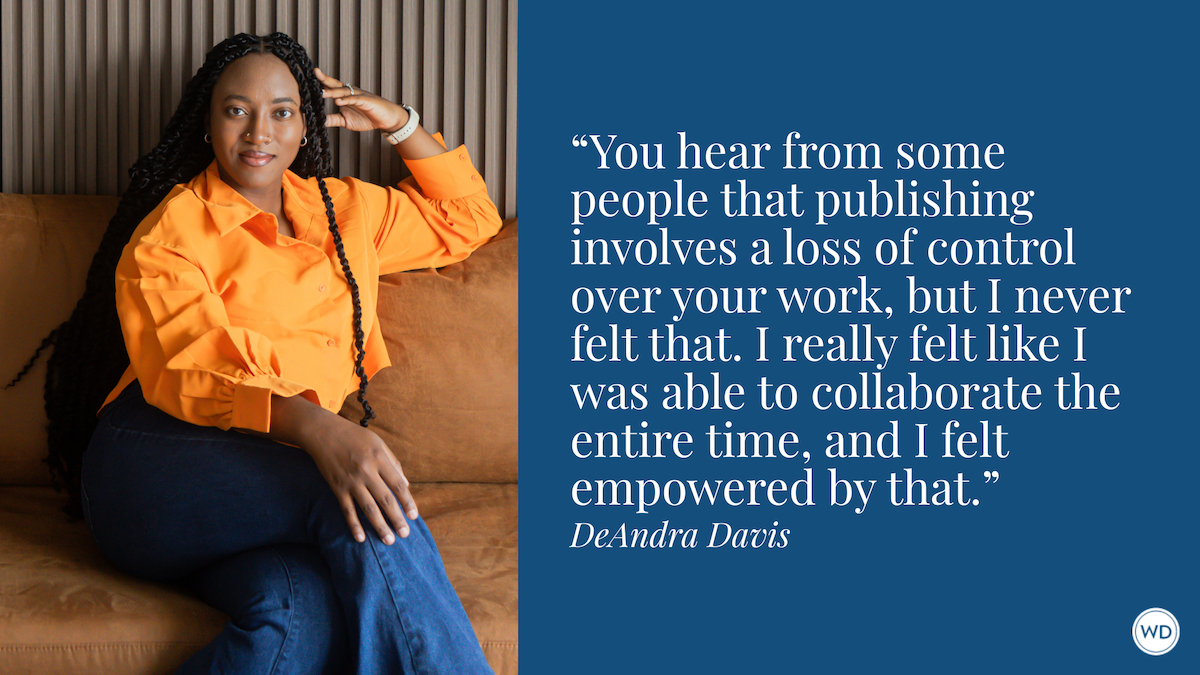Gill Paul: On Accuracy in Historical Fiction
Bestselling author Gill Paul discusses how a lifetime fascination led her to writing her new historical fiction novel, The Collector’s Daughter.
Gill Paul is an author of historical fiction, specializing in the twentieth century and often describing real women she feels have been overlooked or misrepresented. Her novels have reached the top of the USA Today, Toronto Globe & Mail and UK Kindle charts, and been translated into twenty-one languages. She also writes short stories for magazines and speaks at libraries and literary festivals about subjects ranging from the British royal family to the Romanovs, and about writing itself. Fans of Marie Benedict, Fiona Davis, Allison Pataki and readers who love stories about strong women who charge their own path will love Gill Paul and will add The Collector's Daughter to their reading list.
In this post, Gill discusses how a lifetime fascination led her to writing her new historical fiction novel, The Collector's Daughter, how she altered her process in constructing this story, and more!
****
****
Name: Gill Paul
Literary agent (if one): Sheil Land Associates, London
Book title: The Collector’s Daughter
Publisher: William Morrow
Expected release date: September 7, 2021
Genre/category: Historical fiction
Previous titles by the author: Jackie and Maria, The Lost Daughter, Another Woman’s Husband, The Secret Wife, No Place for a Lady, The Affair, Women and Children First
Elevator pitch for the book: Lady Evelyn Herbert grew up in Highclere Castle—the real Downton Abbey—and became the first person in three thousand years to crawl inside the magnificent tomb of Ancient Egyptian king Tutankhamun after its discovery in the Valley of the Kings. She called it the “greatest moment” of her life, but soon afterwards a string of tragedies made her wonder if the press could be right when they talked about the “curse of the pharaohs.”
IndieBound | Bookshop | Amazon
[WD uses affiliate links.]
What prompted you to write this book?
I’ve been fascinated by the discovery of Tutankhamun’s tomb since childhood and always planned to write about it one day. Looking at photos taken in November 1922, I realized there were three people present—Howard Carter, Lord Carnarvon, and his daughter, Lady Evelyn Herbert— but the story is always told as a Carter–Carnarvon double act. Yet again, a woman who was part of a major historical event had been written out of the narrative. So I decided to write her back in by telling her story.
How long did it take to go from idea to publication?
I agreed on the subject with my agent and editor around April 2019, and it will be published in September 2021, so that’s 17 months. The first six months were spent on research, as I worked out how I wanted to write about Lady Evelyn. There’s a photograph of her visiting the Tutankhamun exhibition that came to London in 1972, and I had the idea of describing her looking back from that point to demonstrate how profoundly the discovery of the tomb changed the course of her life. The concept didn’t change, but the way I told it certainly did.
Were there any surprises or learning moments in the publishing process for this title?
When I write fiction about real historical events and characters, I try to make all the details accurate because this helps to illuminate the era and lend authenticity to the narrative. I might alter a few aspects for the sake of a story arc, but I always confess to changes in a historical afterword. With each book, I seek the advice of experts in relevant fields, and ask them to read and comment on the text, so the manuscript is usually pretty clean when I deliver it to my publisher. But this time, I had a brilliant Copyeditor called Kim Lewis who fact-checked meticulously and caught me out in several embarrassing errors. How on earth did I manage to place Sacre Coeur on the Ile de la Cité in Paris? Thank god for Kim!
Were there any surprises in the writing process for this book?
This is my 10th published novel, so I thought I knew what I was doing as I planned the story. I always write a lengthy outline (about 35,000 words) and show it to my agent before proceeding. This time I had decided to write Lady Evelyn’s story chronologically, from her childhood obsession with Egyptology through to the 1970s when the Tutankhamun exhibition makes her reflect on her life. And my agent didn’t like the outline. Her comments were quite damning. She said it didn’t have the pace and narrative drive she expected from my novels. I had broken the golden rule: There was no problem or challenge for my character to resolve; instead, it was just a succession of events.
I went back to the drawing board. I knew the middle and end of the book were working, but it seemed I was starting the story in the wrong place. As COVID reached Britain in early 2020 and we entered the first lockdown, I rewrote my novel with seven different beginnings. Seven! And I realized that in order for it to have sufficient pace, I had to make it a dual narrative, switching between the 1920s and the 1970s. It was a stressful time but I think/hope I nailed it in the end!
What do you hope readers will get out of your book?
I would love readers to get a sense of the wild excitement at the discovery of the tomb in 1922, an event that dominated newspapers worldwide and influenced fashion and design for a decade. I hope they will think about the huge changes in society after the World War I, when hemlines were rising, chaperones fell out of favor, and there weren’t enough eligible men to go round. The Collector’s Daughter is the story of a strong woman and the development of her relationship with the man who became her husband, which I hope readers will find moving. I have also written about strokes and memory loss, a subject many will have personal experience with through relatives or friends. I hope they will think I have given some insight into what it feels like to lose your memory, and what it feels like to love someone who no longer remembers your shared past.
If you could share one piece of advice with other authors, what would it be?
Get yourself a metaphorical suit of armor, because emotionally it’s a tough job. There are rejections and setbacks in the careers of even the most successful authors. Every time you go on social media, you see other authors posting about their books racing up the bestseller lists, getting reviews in serious papers, and becoming book club picks, and it’s hard not to feel a twinge of insecurity.
Rule #1 in creating your armor is never to compare yourself to other authors. Just don’t. Rule #2 is to feel gratitude for even small successes. I put an asterisk in my diary on the days something good happens. It might be a new foreign sale, or interest from a film company, or just a lovely email from a reader. These asterisks help to keep me sane.
Robert Lee Brewer is Senior Editor of Writer's Digest, which includes managing the content on WritersDigest.com and programming virtual conferences. He's the author of 40 Plot Twist Prompts for Writers: Writing Ideas for Bending Stories in New Directions, The Complete Guide of Poetic Forms: 100+ Poetic Form Definitions and Examples for Poets, Poem-a-Day: 365 Poetry Writing Prompts for a Year of Poeming, and more. Also, he's the editor of Writer's Market, Poet's Market, and Guide to Literary Agents. Follow him on Twitter @robertleebrewer.




